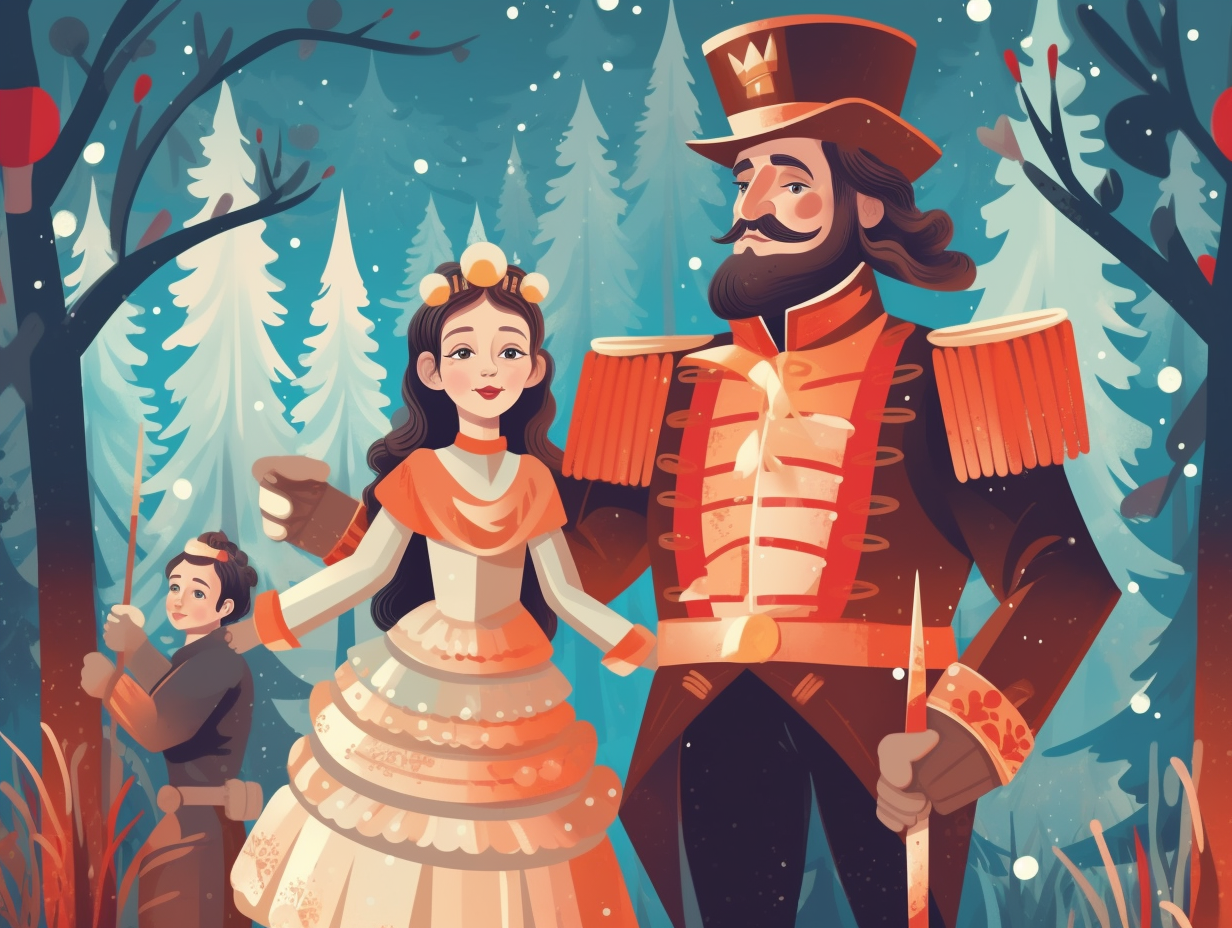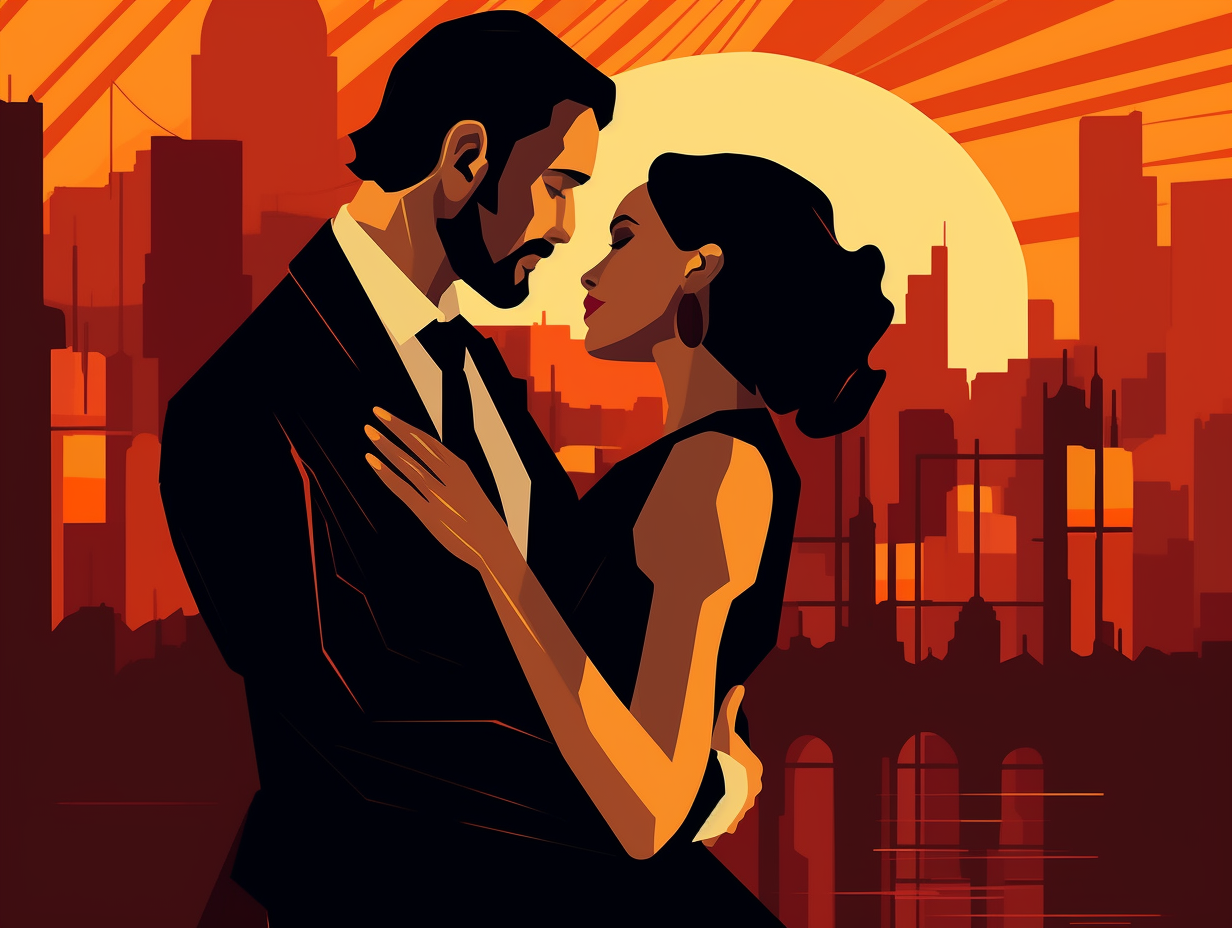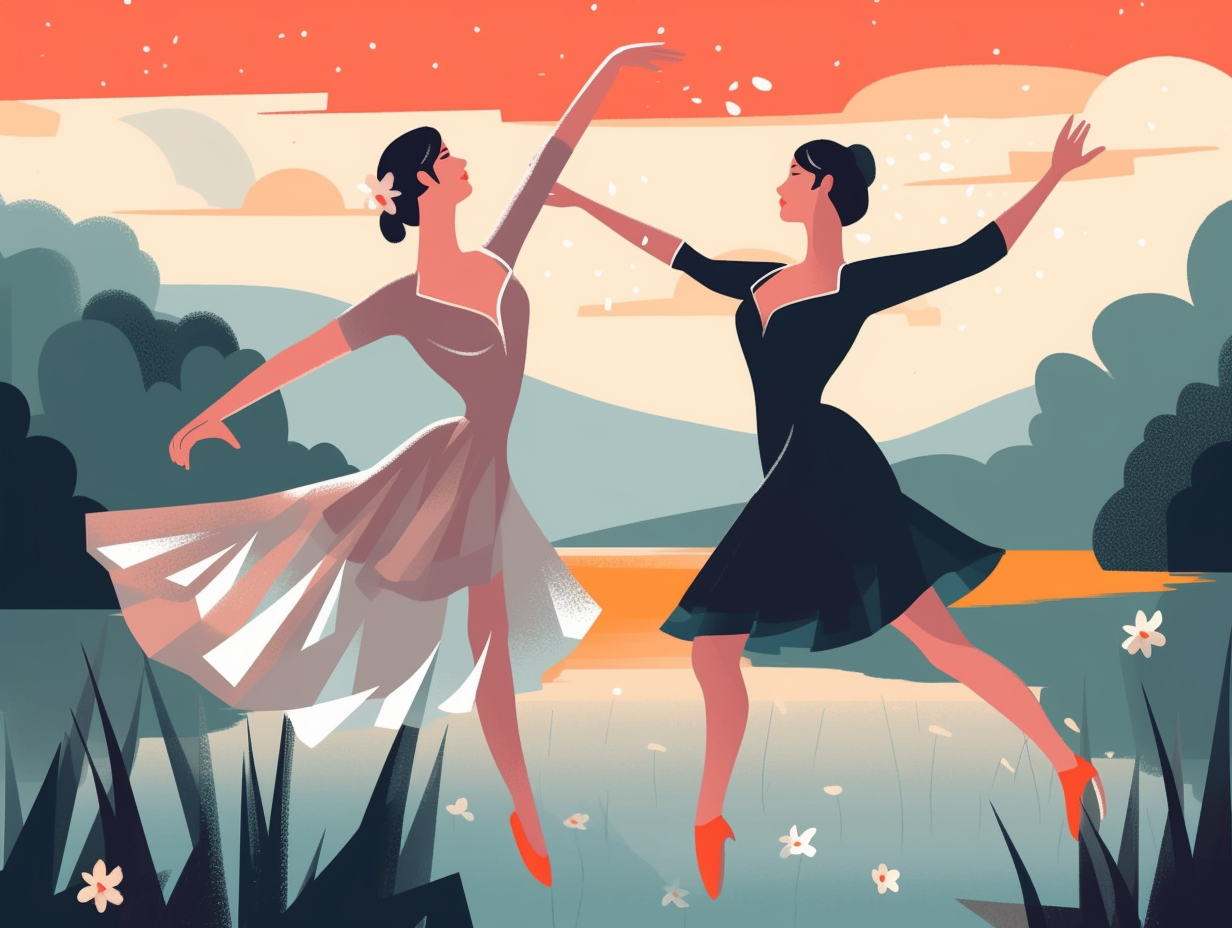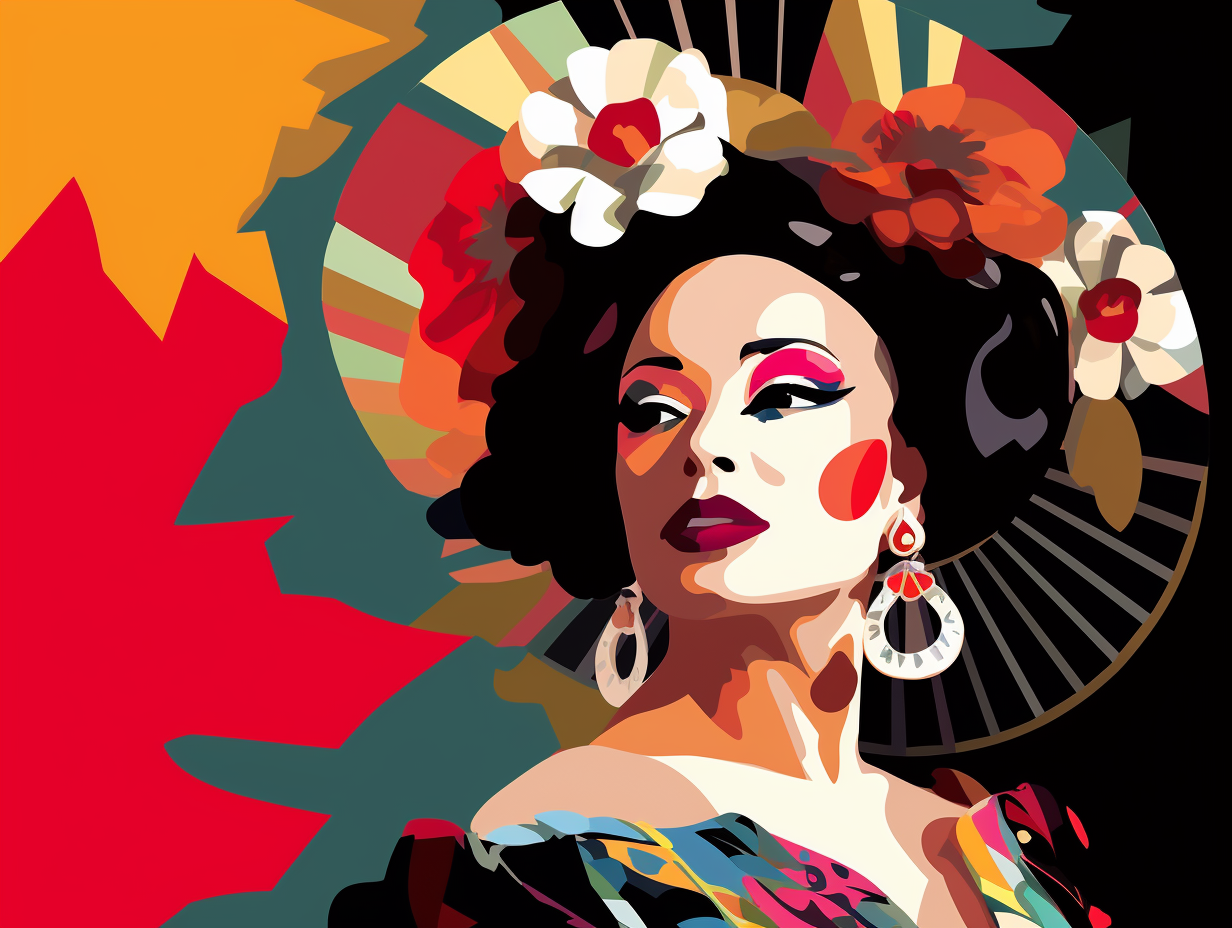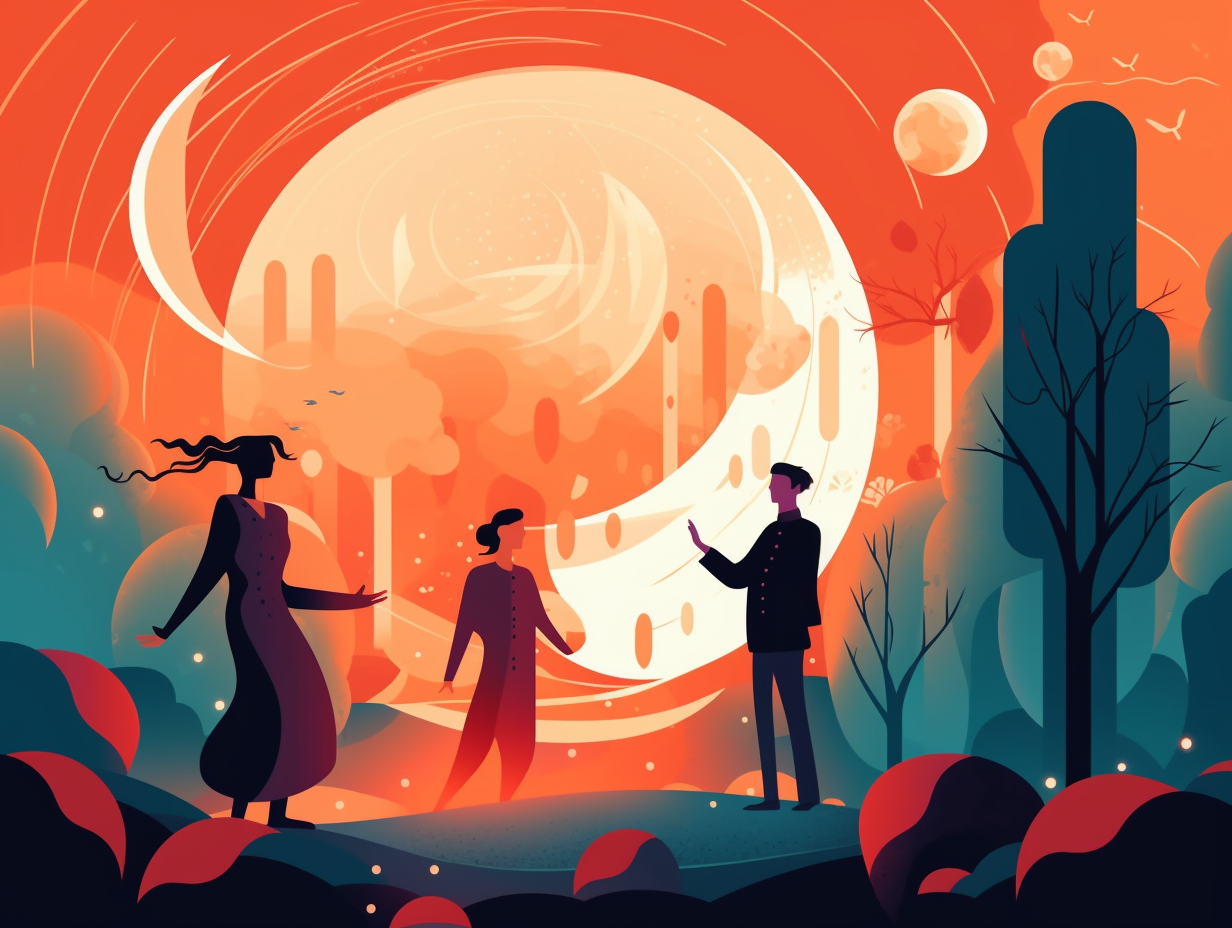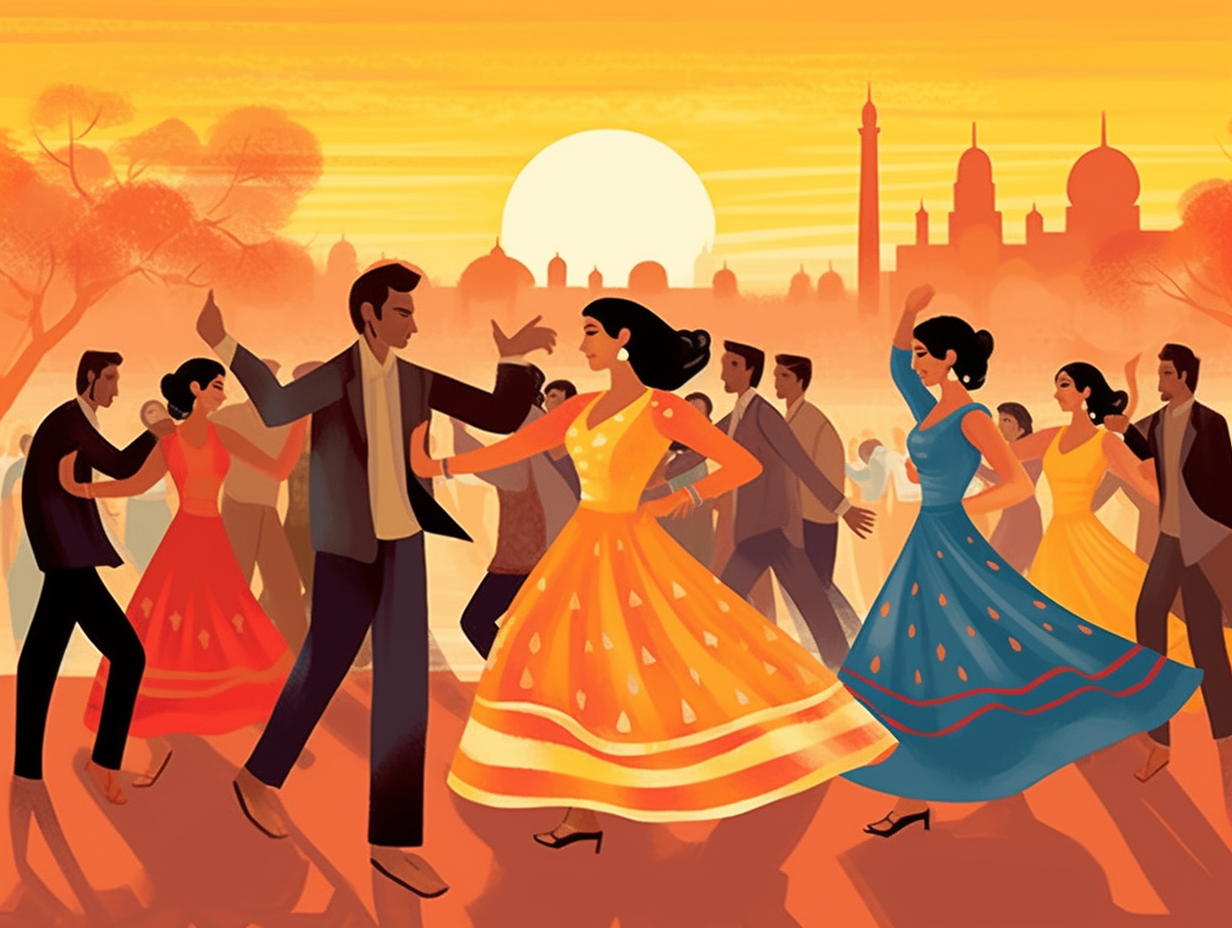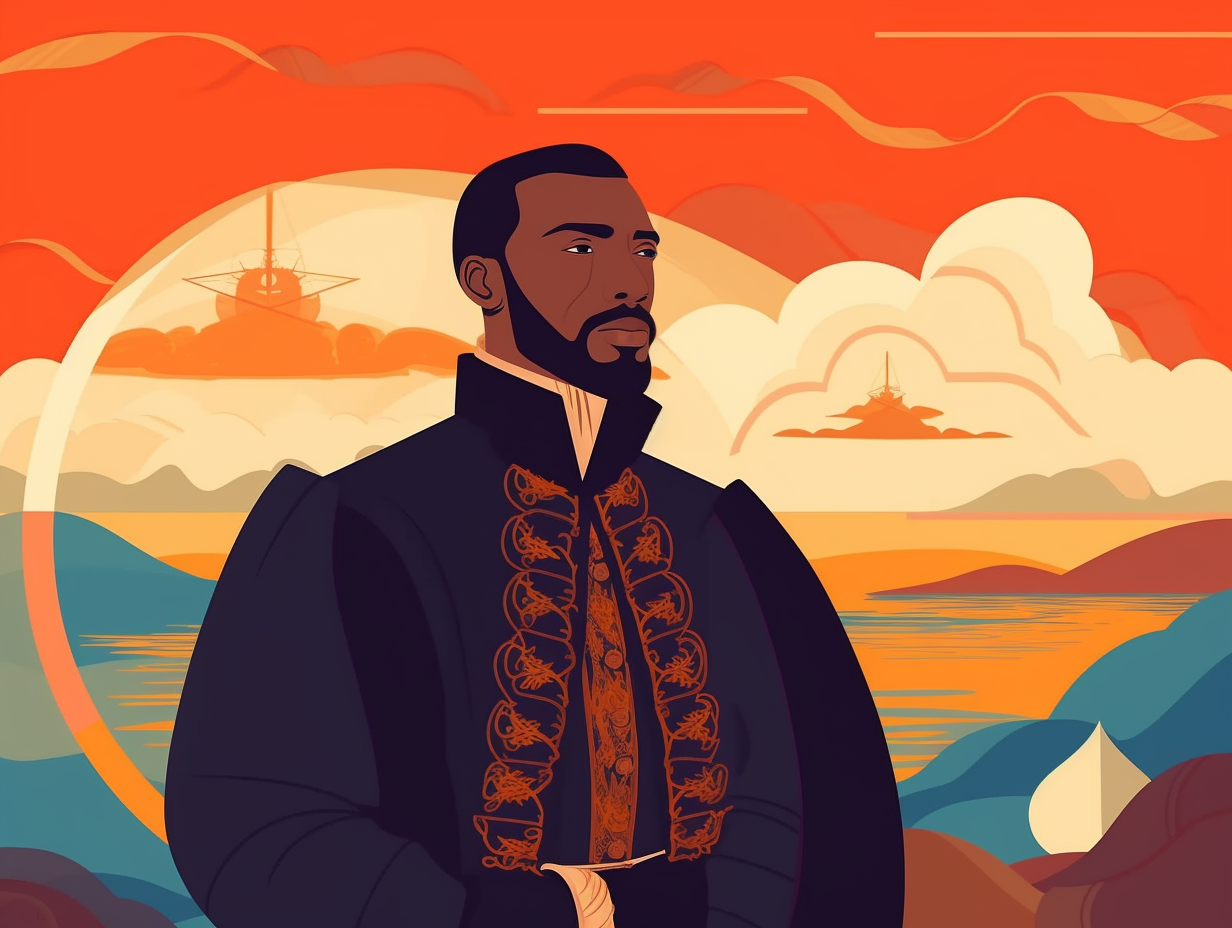Top 10 Unforgettable Fun Facts About Melodrama: Discover its Dramatic Origins, Iconic Characters, & More!

1. Dion Boucicault: The Royalty Demanding Playwright
Before there were Hollywood divas, there was Dion: a 19th century playwright who demanded royalties with the same intensity as his own volcanic and earthquaking melodramas! Dion Boucicault became the first US playwright to receive royalties for performances of his plays, such as "The Corsican Brothers" and "The Octoroon," which featured riveting endings with cataclysmic events like volcanic eruptions and burning buildings.
Source => novaonline.nvcc.edu
2. Melodrama: The OG Soap Opera
When they put the "mel" in melodrama, they weren't just noodling around with notes: Melodrama actually comes from the French word "melodrame" and combines the Greek words for "song" and "drama". This theatrical genre is known for its emotionally exaggerated dialogue and sensational plots, usually focusing on family issues, love, and marriage - think of it as the OG soap opera. While we might use the term "melodrama" these days to describe something overly emotional or lacking subtlety, we can thank our Greek-loving French friends for coining the term way back in the 19th century.
Source => en.wikipedia.org

Did you know ancient Romans used rhythmic clapping and shouting in theaters to express their political opinions? Discover how this live "poll" influenced leaders' actions!
=> Fun Facts about Theatre
3. Gothic Literature: Victorian-era Mean Girls
When Gothic literature throws a party, expect stormy weather, ghoulish guests, and a Victorian-era Mean Girls-style burn book: Featuring a delightful mix of damsels in distress, sadistic aristocrats, and supernatural shenanigans, Gothic literature thrives on melodramatic elements often found in dark settings filled with mystery and suspense, where even the weather refuses to cooperate and works as a signal for revelations.
Source => blog.bridgemanimages.com
4. Damsels in Distress: From Mythology to Netflix
From damsels in distress to Netflix and chill, our heroes and heroines have come a long way: This well-known trope, of the helpless lady in need of rescue, has its roots in ancient Greek mythology and medieval literature, eventually becoming a go-to character in Victorian melodrama and early cinema – for better or for worse, this narrative device remains popular in today's media, showcasing the ever-changing roles of women in society.
Source => en.wikipedia.org
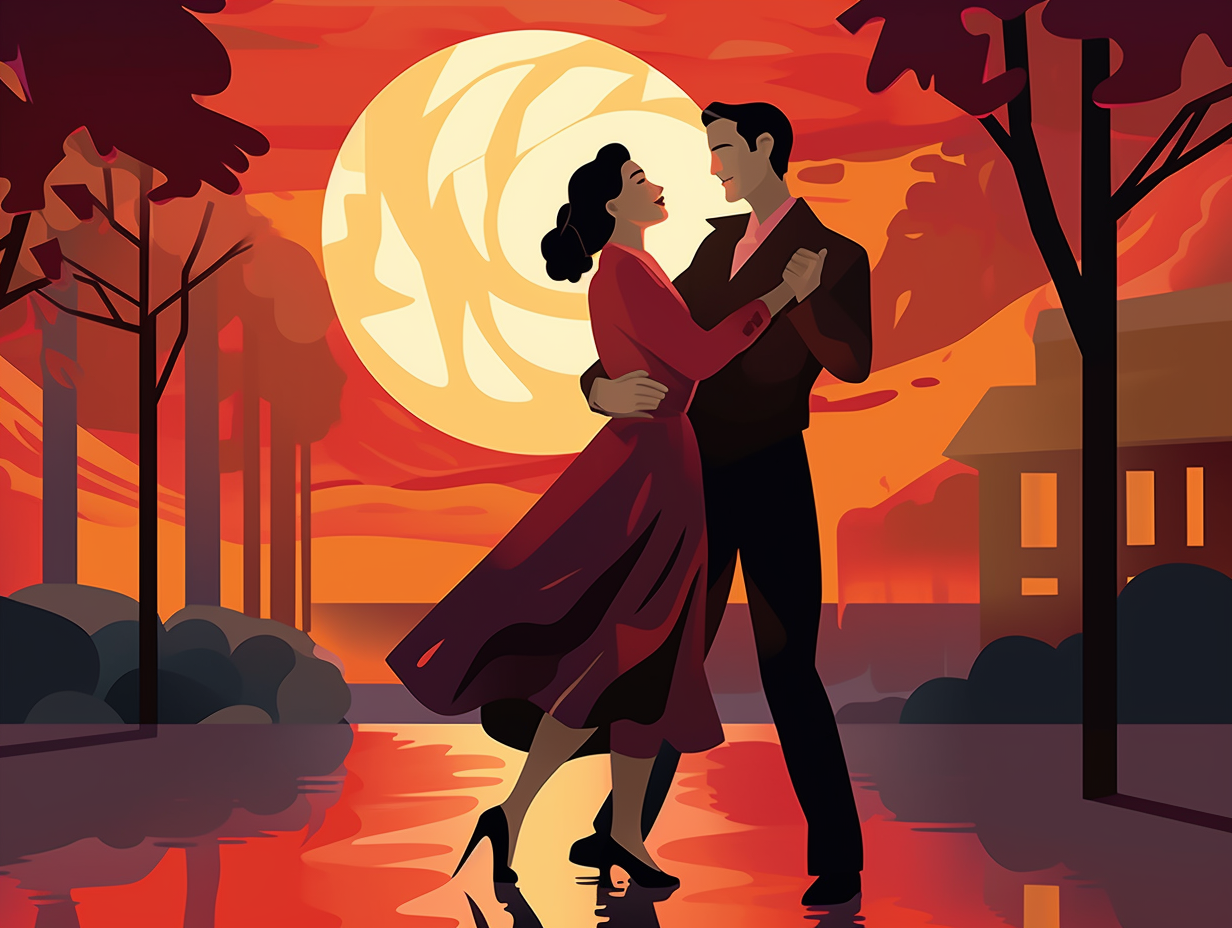
5. Guignol: France's Puppet Provocateur
You know that feeling when your fame gets completely puppeteered? Guignol, the French icon who sassed the 19th-century elite, sure knew how to pull some strings! Alas, his satirical escapades came under fire during the Second Empire: Guignol's zingers were censored, turning France's puppet provocateur into a somewhat neutered marionette. Yet, his influence on French pop culture and puppetry remained unshaken!
Source => wepa.unima.org
6. The Great Train Robbery: The Wild West's First Movie
Yee-haw, pilgrims, gather 'round while we travel back to a time when smartphones were sunsets and your Boomer grandparents were just baby buffalo riders: The first feature Western film, The Great Train Robbery, hit the screens in 1903, directed by Edwin S. Porter. This iconic western melodrama paved the rocky path for cowboy superstars like William S. Hart, Randolph Scott, and Clint Eastwood, thanks in part to its innovative special effects, a jaw-dropping scenic backdrop, and that famous shot of a gunman firing straight at the audience. Talk about a rootin', tootin' wild ride back in the day!
Source => metmuseum.org
7. Silent Film Melodramas: Teaching Life Lessons
Lights, camera, moral lesson! Hold onto your hats, folks, because silent film melodramas weren't just here to entertain, they came with a side of social reform: Tackling topics like corruption, poverty, and vices, these films served as a "grand social worker," providing not only entertainment but also engaging societal commentary and criticism, all while helping wayward working-class chaps steer clear of their naughty habits.
Source => slideplayer.com
8. Tragicomedy: When Shakespeare Goes Stand-Up
Imagine if Shakespeare attended a stand-up comedy night and got inspired: Introducing tragicomedy! This genre, a fascinating mashup of tragedy and comedy, originated in ancient Greece and gained popularity during the Renaissance era in Italy and England, thanks to the genius of playwrights like Giovanni Battista Guarini and John Fletcher.
Source => en.wikipedia.org
9. Dastardly Whiplash: The Original Mustached Villain
Before there was the mustache-twirling Meowth from Team Rocket, there was the original dastardly facial hair enthusiast, the Dastardly Whiplash: This melodramatic villain, complete with exaggerated nose and chin, emerged from the pantomime and theater traditions, using his Antiquated Linguistics and over-the-top antics to convey pure evil without the need for props or dialogue.
Source => tvtropes.org
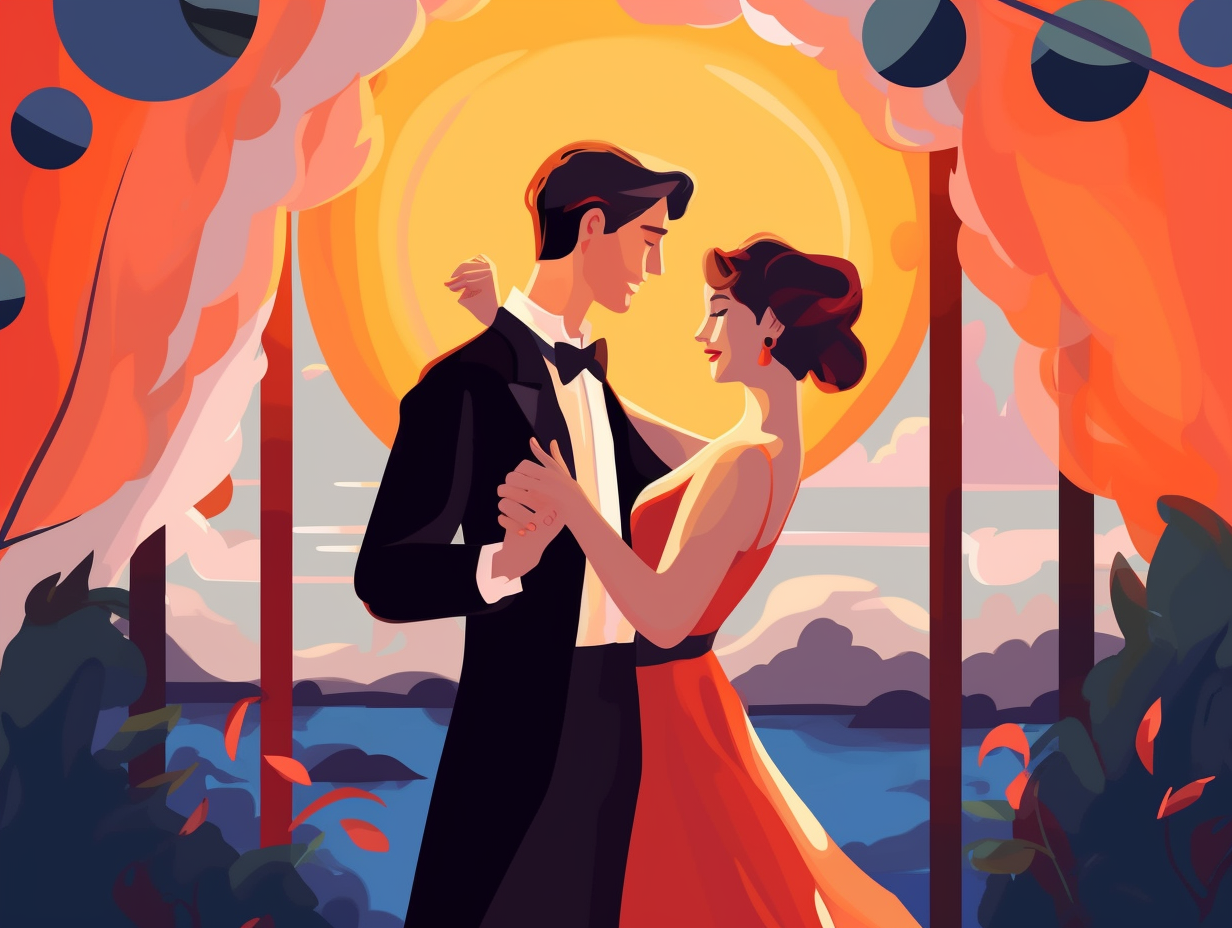
10. Verdi: Making Baritones Sexy and Intense
If Verdi were a 19th-century superhero, his secret powers would've been making baritones sexy, breaking hearts with his love stories, and leaving audiences gasping for air through operatic plot twists: Giuseppe Verdi revolutionized opera by enhancing the potency of music for lower male voices, deepening character development, and masterfully combining vocal expression with intense pacing in masterpieces like Rigoletto, La Traviata, Otello, and the hysterical Falstaff.
Source => npr.org
Related Fun Facts

